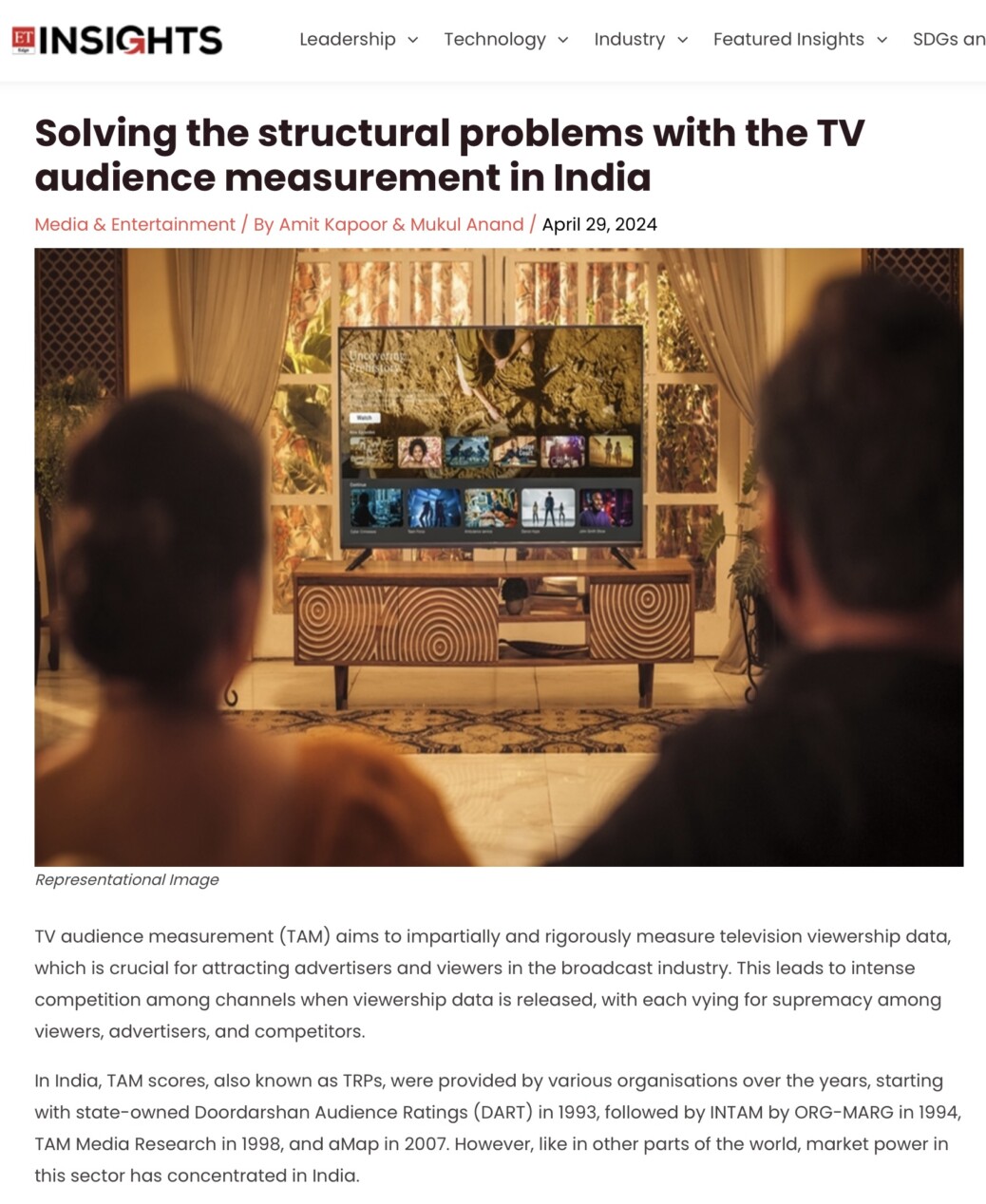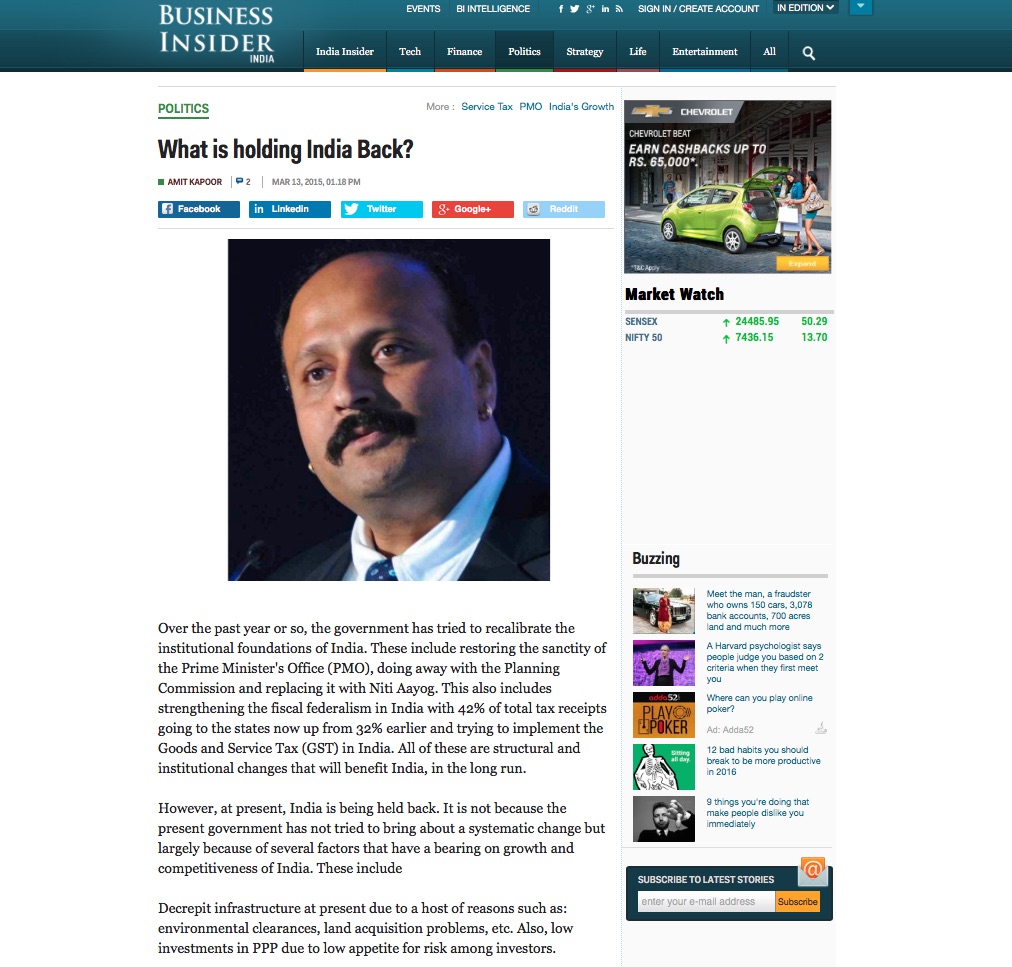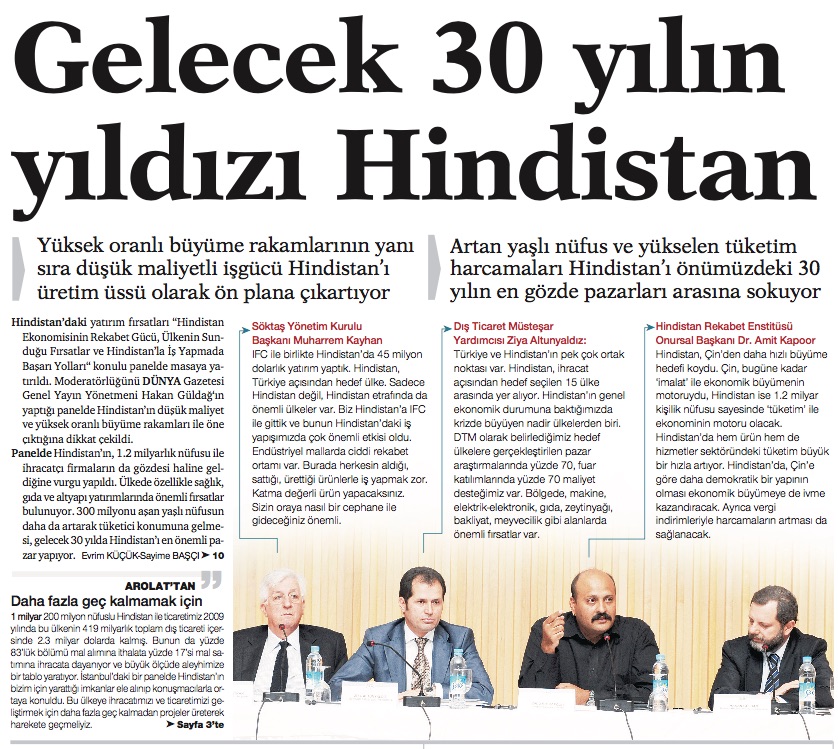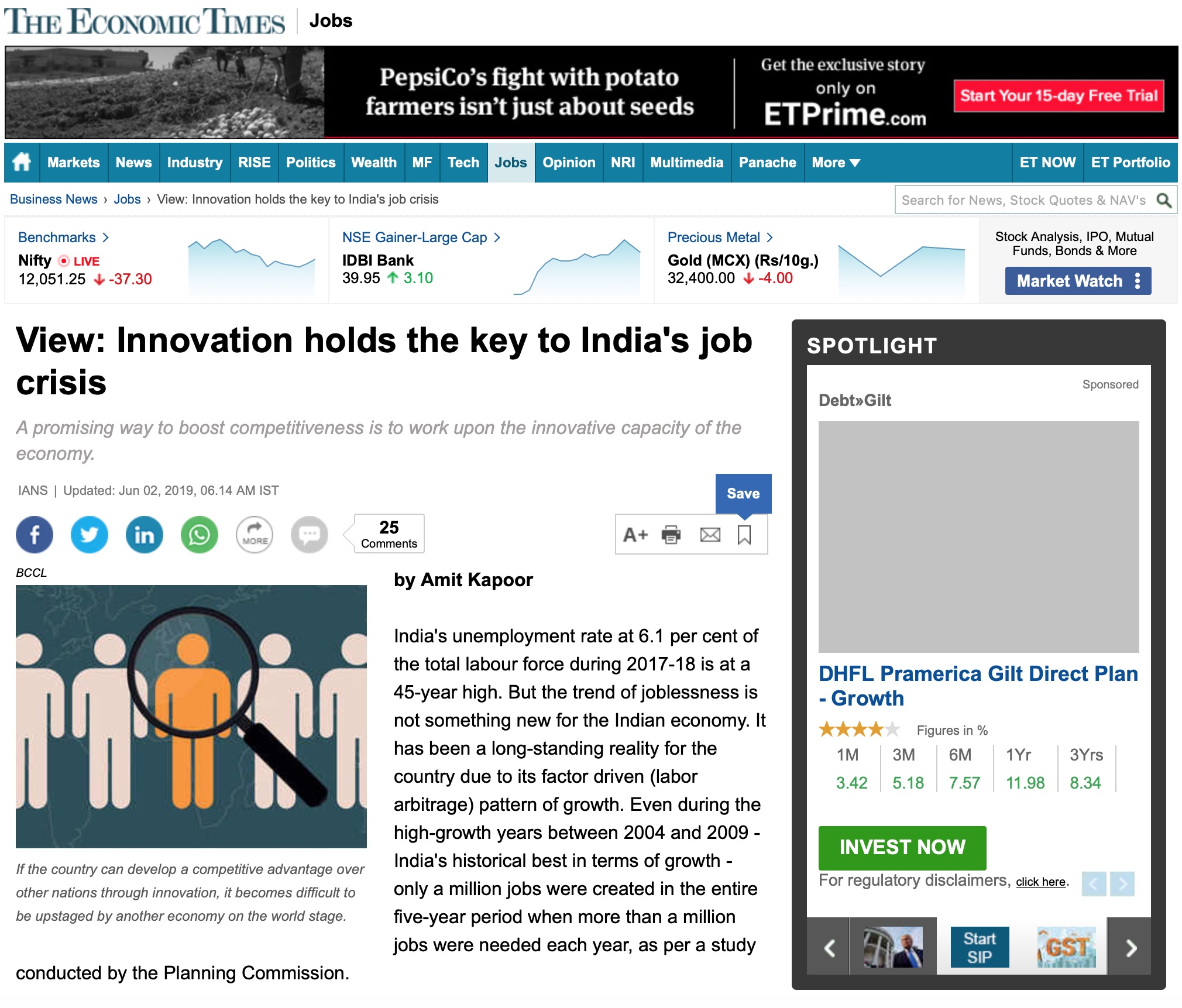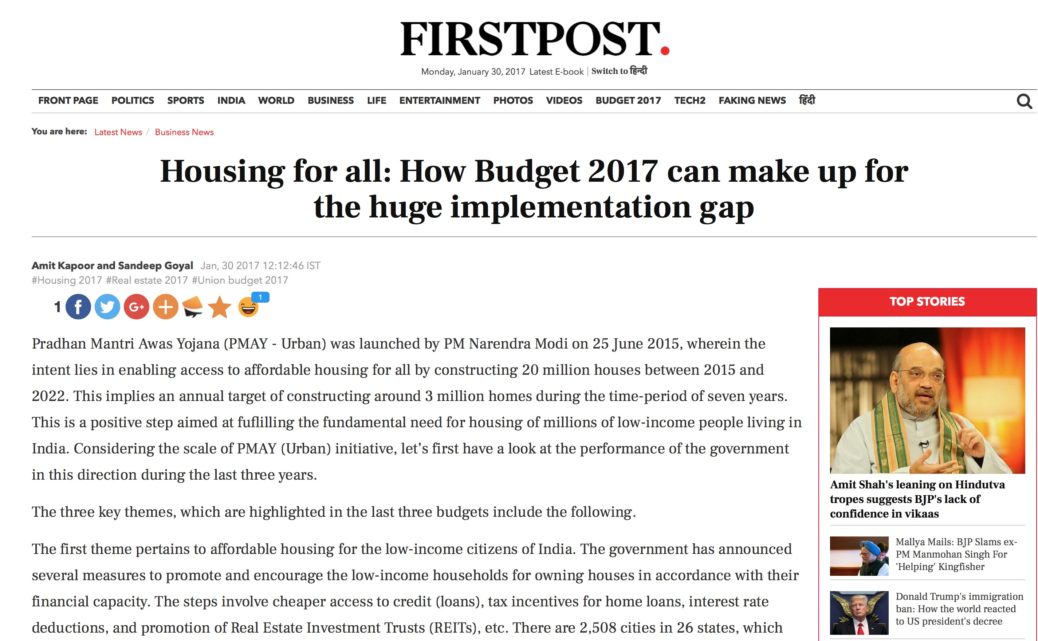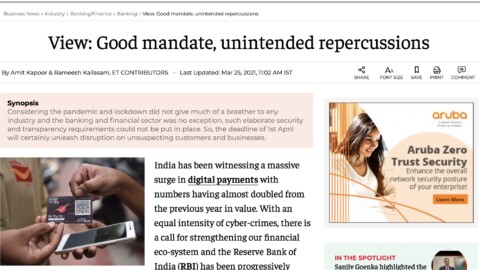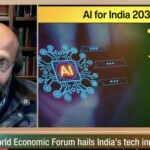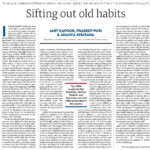By Amit Kapoor and Mukul Anand
TV audience measurement (TAM) aims to impartially and rigorously measure television viewership data, which is crucial for attracting advertisers and viewers in the broadcast industry. This leads to intense competition among channels when viewership data is released, with each vying for supremacy among viewers, advertisers, and competitors.
In India, TAM scores, also known as TRPs, were provided by various organisations over the years, starting with state-owned Doordarshan Audience Ratings (DART) in 1993, followed by INTAM by ORG-MARG in 1994, TAM Media Research in 1998, and aMap in 2007. However, like in other parts of the world, market power in this sector has concentrated in India.
In 2008, the TV audience measurement industry in India transitioned from three-way competition to a duopoly, eventually becoming a monopoly dominated by BARC. As the sole industry-owned body for TV audience measurement, BARC’s authority and exclusive data access limit direct competition. Since its establishment in 2014-15, BARC has monopolised TV audience rating services, with previous providers exiting due to internal factors and changing market conditions.
Issues with Transparency and Credibility at BARC
Despite industry support and a unique ownership structure, BARC has faced trust issues due to several controversies. In 2020, the Mumbai Police disclosed that three channels, including news channels, manipulated TRP ratings by colluding with BARC India to inflate viewership. This led to a temporary suspension of news genre ratings in October 2020. Ratings resumed in March 2022 after seventeen months. Such incidents heightened scrutiny on BARC’s BAR-O-Meters, with allegations of channels bribing homeowners to boost ratings. These tactics have, in the past, raised integrity concerns about BARC’s rating system.
Previous incidents also highlight systemic flaws in BARC’s rating methodology, with concerns about distribution tactics like landing pages and acquiring multiple logical channel numbers that could influence ratings. Despite regulatory interventions like directives against landing pages, disputes and legal challenges persist, indicating ongoing challenges in maintaining transparency and integrity in TV ratings.
Implementing limited tenures for members and the Chair, along with a rotational system among industry associations controlling BARC’s management, can be a short-term strategy to enhance trust in the system. Additionally, stakeholders have suggested creating multiple agencies, some dedicated to methodology, validation, publishing, and auditing and others focusing on processing, watermarking, and technical tasks, as a means to instil confidence in BARC’s operations in the long run.
Inadequate Sample Size
The panel size (or the sample size) determines the households where audience measurement devices are placed. It aims to reflect the diversity of television viewership, including factors like age, socio-economic class, gender, working status, delivery platforms, and geographical coverage spanning urban and rural areas. BARC’s TV audience panel, designed to include private households across India, is essential for accurate and representative television ratings.
In the past policy guidelines have stipulated a minimum panel size of 20,000, increasing by 10,000 annually until reaching 50,000, to maintain representation of all television households in the country. TRAI recommended further increases to 60,000 by the end of 2020 and 100,000 by 2022. However, as of now, BARC India operates with only 55,000 households in its panel, falling short of accurately representing the vast landscape of 182 million TV households. With an expected growth in TV households to 202 million by 2026, there’s a pressing need to establish a roadmap for incrementally expanding the sample size to adapt to the evolving television viewership landscape.
Measuring cross-platform content consumption habits
In today’s media landscape, integrating data from non-linear sources is vital for a comprehensive TV audience measurement system. With viewers increasingly consuming on-demand content via OTT services and streaming platforms alongside traditional TV, there’s a need to capture cross-device viewing habits effectively. Médiametrie in France and BARB in the UK have expanded their measurement approaches to include SVOD and BVOD services, reflecting evolving consumption patterns. Incorporating modern technologies like Big Data, AI, and Wearable meters provides opportunities for more accurate measurement, empowering stakeholders with actionable insights. Strategically integrating these technologies into measurement strategies is essential for understanding audience engagement across diverse platforms.
Limited Competition
BARC boasts a peculiar organisational setup where its suppliers (of raw material or raw audience data) are its investors (or owners) as well. TV broadcasting and advertising industry associations, including IBDF, ISA, and AAAI, collectively own BARC, with IBDF being the major funder at 60% representation, followed by ISA and AAAI at 20% each. Despite BARC’s ownership structure, broadcasters and media agencies often use services from other players like TAM Media Research (now TAM AdEX), Nielsen, Hansa Research, and Chrome DM for specific strategies and operations, though these serve as secondary or additional tools for assessing audience preferences.
Additionally, while broadcasters contribute 75% of its revenue, TV channels provide viewership data through separate agreements. BARC’s market dominance and authoritative data access allow it to influence pricing, payment terms, and contracts, benefiting its non-rating suppliers as well as potentially disadvantaging new entrants.
With such significant entry barriers, concerns about market behaviour, service quality, and cost inefficiencies are highlighted, which presents a need for additional players to encourage healthy competition.
To level the playing field, BARC’s Board can be restructured to include equal representation from Industry Associations (AAAI, ISA, IBDF) and independent members, including technology and statistics experts, alongside government/regulator representatives, all with equal voting rights. Ensuring BARC’s independence from subsidiary MDPL is essential for unbiased measurement, along with clarifying roles between data collection and processing/publishing agencies. Introducing more agencies will foster innovation, improve service quality, and reduce costs while also acting as a deterrent against rating manipulation. Independence from industry stakeholders is crucial for ensuring a neutral and unbiased approach to audience measurement.
In conclusion, a hawk-eye view of the TV audience measurement landscape in India highlights the necessity for impartial collection methodologies and analysis and expanding the measurement universe. Stakeholders advocate for structural reforms to enhance transparency, promote competition, and embrace technological advancements, which are essential for fostering a robust and trustworthy measurement ecosystem.
The article was published with ET Insights on April 29, 2024.
